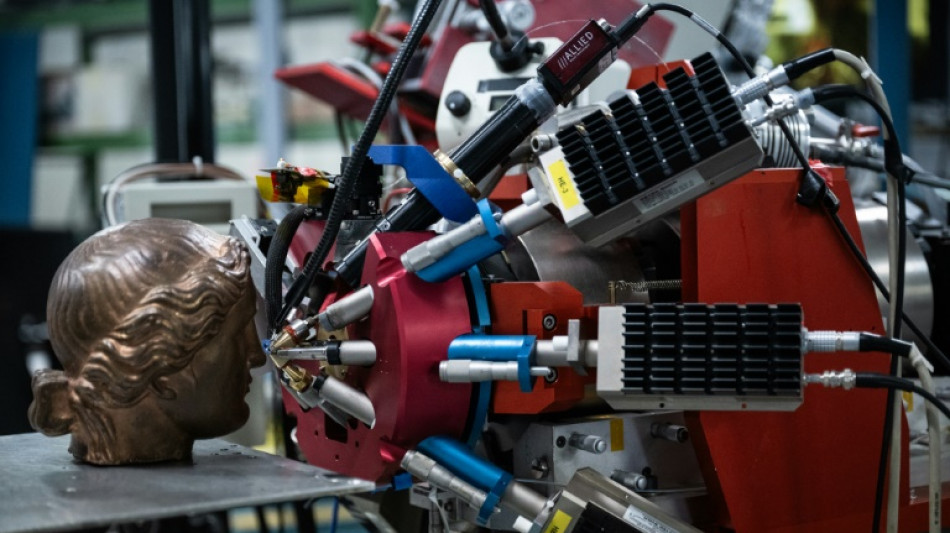
-
 Czechs name veteran coach Koubek for World Cup play-offs
Czechs name veteran coach Koubek for World Cup play-offs
-
PSG penalty hero Safonov out until next year with broken hand

-
 Putin says ball in court of Russia's opponents in Ukraine talks
Putin says ball in court of Russia's opponents in Ukraine talks
-
Czech Zabystran upsets Odermatt to claim Val Gardena super-G

-
 NGOs fear 'catastrophic impact' of new Israel registration rules
NGOs fear 'catastrophic impact' of new Israel registration rules
-
US suspends green card lottery after MIT professor, Brown University killings
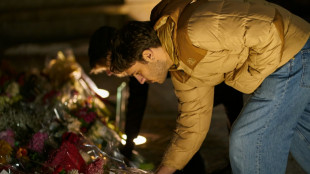
-
 Arsenal in the 'right place' as Arteta marks six years at club
Arsenal in the 'right place' as Arteta marks six years at club
-
Sudan's El-Fasher under the RSF, destroyed and 'full of bodies'

-
 From farms to court, climate-hit communities take on big polluters
From farms to court, climate-hit communities take on big polluters
-
Liverpool have 'moved on' from Salah furore, says upbeat Slot

-
 Norway crown princess likely to undergo lung transplant
Norway crown princess likely to undergo lung transplant
-
Iraq negotiates new coalition under US pressure
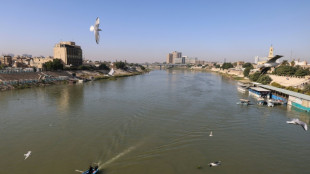
-
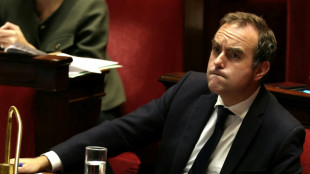 France's budget hits snag in setback for embattled PM
France's budget hits snag in setback for embattled PM
-
Putin hails Ukraine gains, threatens more, in annual press conference

-
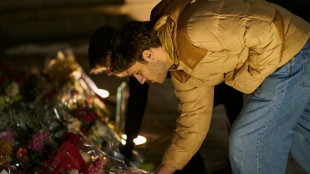 US suspends green card lottery after Brown, MIT professor shootings
US suspends green card lottery after Brown, MIT professor shootings
-
Chelsea's Maresca says Man City link '100 percent' speculation

-
 Dominant Head moves into Bradman territory with fourth Adelaide ton
Dominant Head moves into Bradman territory with fourth Adelaide ton
-
Arsenal battle to stay top of Christmas charts

-
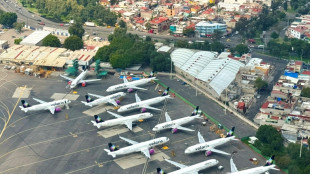 Mexican low-cost airlines Volaris and Viva agree to merger
Mexican low-cost airlines Volaris and Viva agree to merger
-
Border casinos caught in Thailand-Cambodia crossfire
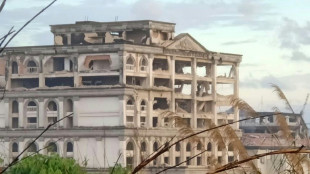
-
 Australia's Head slams unbeaten 142 to crush England's Ashes hopes
Australia's Head slams unbeaten 142 to crush England's Ashes hopes
-
Epstein files due as US confronts long-delayed reckoning

-
 'Not our enemy': Rush to rearm sparks backlash in east Germany
'Not our enemy': Rush to rearm sparks backlash in east Germany
-
West Indies 110-0, trail by 465, after Conway's epic 227 for New Zealand

-
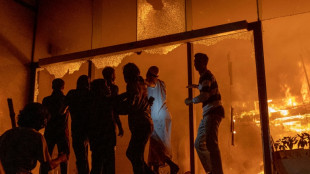 Arsonists target Bangladesh newspapers after student leader's death
Arsonists target Bangladesh newspapers after student leader's death
-
Volatile Oracle shares a proxy for Wall Street's AI jitters

-
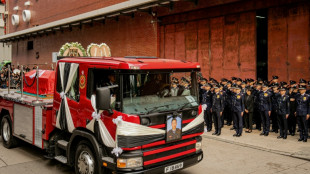 Tears at tribute to firefighter killed in Hong Kong blaze
Tears at tribute to firefighter killed in Hong Kong blaze
-
Seahawks edge Rams in overtime thriller to seize NFC lead

-
 Teenager Flagg leads Mavericks to upset of Pistons
Teenager Flagg leads Mavericks to upset of Pistons
-
Australia's Head fires quickfire 68 as England's Ashes hopes fade

-
 Japan hikes interest rates to 30-year-high
Japan hikes interest rates to 30-year-high
-
Brazil's top court strikes down law blocking Indigenous land claims
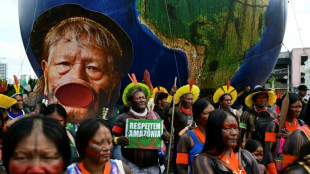
-
 Conway falls for 227 as New Zealand pass 500 in West Indies Test
Conway falls for 227 as New Zealand pass 500 in West Indies Test
-
'We are ghosts': Britain's migrant night workers
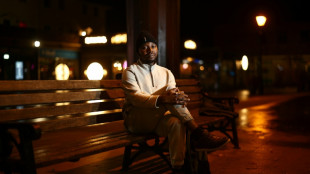
-
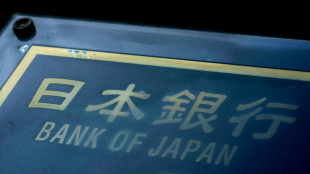 Asian markets rise as US inflation eases, Micron soothes tech fears
Asian markets rise as US inflation eases, Micron soothes tech fears
-
Giant lanterns light up Christmas in Catholic Philippines
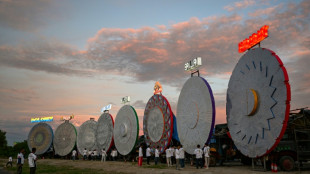
-
 TikTok: key things to know
TikTok: key things to know
-
Putin, emboldened by Ukraine gains, to hold annual presser

-
 Deportation fears spur US migrants to entrust guardianship of their children
Deportation fears spur US migrants to entrust guardianship of their children
-
Upstart gangsters shake Japan's yakuza

-
 Trump signs $900 bn defense policy bill into law
Trump signs $900 bn defense policy bill into law
-
Stokes's 83 gives England hope as Australia lead by 102 in 3rd Test

-
 Go long: the rise and rise of the NFL field goal
Go long: the rise and rise of the NFL field goal
-
Australia announces gun buyback, day of 'reflection' after Bondi shooting
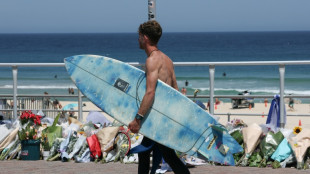
-
 New Zealand Cricket chief quits after split over new T20 league
New Zealand Cricket chief quits after split over new T20 league
-
England all out for 286, trail Australia by 85 in 3rd Test

-
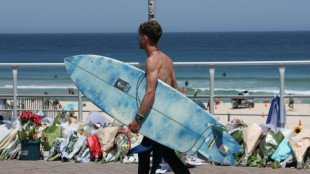 Australian announces gun buyback, day of 'reflection' after Bondi shooting
Australian announces gun buyback, day of 'reflection' after Bondi shooting
-
Joshua takes huge weight advantage into Paul fight

-
 TikTok signs joint venture deal to end US ban threat
TikTok signs joint venture deal to end US ban threat
-
Conway's glorious 200 powers New Zealand to 424-3 against West Indies


The high-tech art lab hidden underneath Paris
It looks like the lair of a Bond villain: behind armoured doors, buried underground below the Louvre in Paris, lies one of the most high-tech art labs in the world.
Across three floors and nearly 6,000 square metres, the Centre for Research and Restoration of Museums of France (C2RMF) includes its own particle accelerator called AGLAE, and is bustling with radiologists, chemists, geologists, metallurgists, archaeologists and engineers.
The 150-strong team examines around 1,000 artworks per year, discovering precisely which materials and methods went into making them, their origin and age, and how the years have altered them.
Their analyses inform restoration teams within the centre, at the Louvre, Versailles and beyond.
Many great artworks have passed through the lab since its creation in 1999, including the Mona Lisa, the stained-glass windows of Notre-Dame Cathedral or Napoleon's sabre.
- Like 'CSI' -
When AFP was granted a rare visit recently, an 11th century bronze sculpture of the Hindu god Vishnu had recently arrived from Cambodia ahead of exhibitions in France and the United States next year.
A masterpiece of Khmer art, the "Vishnu of Western Mebon" was found at Angkor Wat in 1936, a rare reclining depiction of the Hindu god that would have measured some six metres when it was complete.
Behind thick, lead doors, a team of 10 specialists was carrying out X-rays and 3D scanning on the statue.
Certain parts would then be tested with techniques such as X-ray fluorescence and spectrometry that bombard it with gamma rays and electrons to discover its detailed chemical and molecular composition.
"We're a bit like NASA, each with our own skills, or 'CSI: Miami', the scientific police," said team leader David Bourgarit, an archaeo-metallurgical research engineer.
"Our crime scenes are archaeological discoveries. We try to understand who made them, how and why, like a police investigation," he added.
He pointed to little white dots around the eyebrows of the statue that he said were said were another metal, "denser than copper", which will require further analysis to identify.
The team also wants to identity the clay used to make the initial mould for the statue, traces of which are still inside.
That should allow them to pinpoint exactly where it was made by comparing to earth samples.
Some fragments may also pass through AGLAE (the French acronym for the Grand Louvre Accelerator of Elemental Analysis), installed in the 1990s and the only one in the world to work exclusively on artworks.
In a room packed with machinery, the straight-line accelerator gives off a powerful roar as it creates and blasts particles at artworks and artefacts.
It allows the scientists to ascertain the amounts and combinations of elements in the objects, adding another layer of analysis for dating and verifying their authenticity.
Y.Nakamura--AMWN



